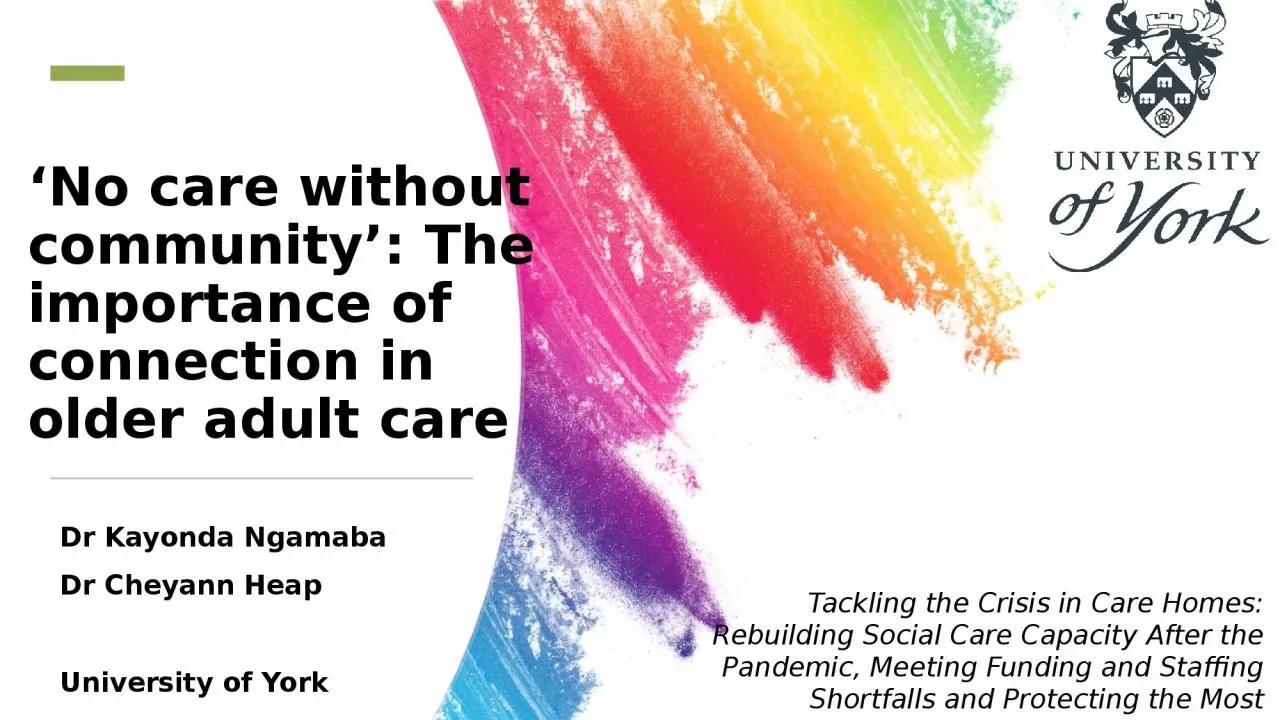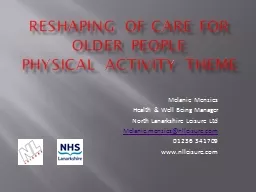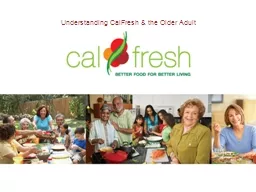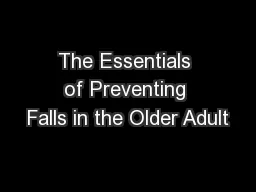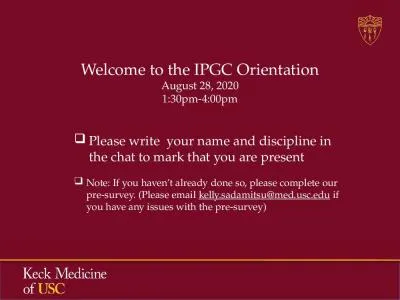PPT-‘No care without community’: The importance of connection in older adult care
Author : eliza | Published Date : 2024-03-13
Dr Kayonda Ngamaba Dr Cheyann Heap University of York Tackling the Crisis in Care Homes Rebuilding Social Care Capacity After the Pandemic Meeting Funding and
Presentation Embed Code
Download Presentation
Download Presentation The PPT/PDF document "‘No care without community’: The imp..." is the property of its rightful owner. Permission is granted to download and print the materials on this website for personal, non-commercial use only, and to display it on your personal computer provided you do not modify the materials and that you retain all copyright notices contained in the materials. By downloading content from our website, you accept the terms of this agreement.
‘No care without community’: The importance of connection in older adult care: Transcript
Download Rules Of Document
"‘No care without community’: The importance of connection in older adult care"The content belongs to its owner. You may download and print it for personal use, without modification, and keep all copyright notices. By downloading, you agree to these terms.
Related Documents

